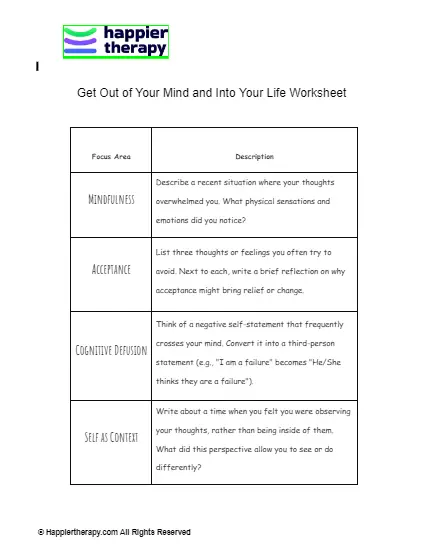Cognitive Restructuring: Catastrophizing Worksheet
Download Worksheet
It is in our nature to automatically make assumptions about ourselves, others, and of how things are expected to work. Most times, these schemas are not accurate.
Cognitive restructuring is a technique used to identify these irrational thoughts (schemas) and replace them with healthier realistic patterns and beliefs of ourselves, others and different situations.
What Are The Theories Behind This Worksheet?
Cognitive restructuring is the heart of Cognitive Behavioral Therapy (CBT).
It is a useful process for identifying and understanding unhelpful thoughts, and for challenging and replacing automatic thoughts: these thoughts are called cognitive distortions.
How Will This Worksheet Help You?
Catastrophizing functions as one of the cognitive distortions where a person fixates on the worst possible outcome and underestimates coping skills.
Cognitive restructuring will help patients battling with catastrophizing examine dysfunctional appraisals of situations and replace them with more functional and realistic ones.
This can be done by:
- Identifying dysfunctional automatic thoughts
- Identifying cognitive distortions
- Disputing automatic thoughts
- Creating a more rational and realistic approach to automatic thoughts
How Should You Use This Worksheet?
This worksheet is best used when you begin to imagine the worst possible scenarios in situations you are about to engage in.
You can also use this worksheet when you experience extensive and irrational worry over what might happen in the future.
This worksheet can serve as your self-reflective and evaluation kit.
Was this helpful?
References
1.-
Positive Psychology. (© 2020). Catastrophizing and Decatastrophizing: A Comprehensive Guide. Available at: https://positivepsychology.com/catastrophizing/. [Accessed on October 25, 2022]

 By
By


